Self-Driving Cars Still Not Scratching Public in the Right Places

Every few months, the American Automobile Association gives us an update on the public’s feelings toward autonomous vehicles. Its surveys continue to place the number of individuals made uncomfortable by the idea of riding in a self-driving car at around 3 in 4.
While the ratio did come down slightly in 2017, high-profile fatalities involving autonomous (or Autopilot-enabled) vehicles in Florida, California, and Arizona ultimately took the number of fearful motorists back up to 78 percent by the start of 2018. For 2019, AAA said 71 percent of survey respondents still had serious trepidation, with only 19 percent claiming they’d even consider putting a loved one into a self-driving vehicle.
“Automated vehicle technology is evolving on a very public stage and, as a result, it is affecting how consumers feel about it,” said Greg Brannon, AAA’s director of Automotive Engineering and Industry Relations. “Having the opportunity to interact with partially or fully automated vehicle technology will help remove some of the mystery for consumers and open the door for greater acceptance.”
Limiting the scope of autonomous cars helps remove some of the associated anxiety, too. According to the AAA survey, 53 percent of respondents reported being comfortable with autonomous vehicles on closed routes (theme park or airport shuttles, for example) operating at lower speeds. Meanwhile, 44 percent claimed they’d be fine with sharing the road with vehicles delivering food or packages without human occupants.
AAA used a telephone omnibus survey, conducted between January 10th and 13th of 2019, yielding 1,008 interviews from adults 18 years of age or older. It claimed a 4-percent margin of error for the study.
“Despite fears still running high, AAA’s study also shows that Americans are willing to take baby steps toward incorporating this type of technology into their lives,” continued Brannon. “Hands-on exposure in more controlled, low-risk environments coupled with stronger education will play a key role in easing fears about self-driving cars.”
While being familiar with advanced driving aids helped assuage fears, making an individual 68 percent more likely to trust semi-autonomous cars, the overall assessment paints a bleak picture for self-driving tech. Still, despite the public’s general unease, most drivers claim it’s just a matter of time before robot cars are everywhere. Of those surveyed by AAA, 55 percent believed that most cars will be capable of full autonomy by 2029.
To us, that timeline feels slightly ambitious and likely to be impacted by public acceptance. If the public is unwilling to ride in a robo-taxi, companies will be less willing to provide them. However, steps are being taken to change this sentiment, with various outreach programs now in play to familiarize Americans with the technology.
From AAA:
Recently, AAA Northern California, Nevada & Utah, in partnership with the city of Las Vegas, Keolis North America and the Regional Transportation Commission of Southern Nevada (RTC), piloted the first and largest self-driving shuttle for the public to operate in live traffic, in an effort to give more people the opportunity to gain real-world experience with automated vehicle transportation. The self-driving shuttle was the first in the country to be fully integrated with smart city infrastructure and operate on open, public roads. Participants had the voluntary opportunity to take a survey post-ride regarding the impact of their personal experience with the shuttle on their perception of self-driving vehicles. Of those who responded, many reported their sentiment improved following the experience of riding the shuttle.
Automakers, tech firms, and suppliers have also joined forces in the Partnership for Automated Vehicle Education (PAVE). The group’s singular stated goal is to “inform the public about automated vehicles and their potential so everyone can fully participate in shaping the future of transportation.” It is, however, similarly targeted at encouraging policymakers to back autonomous programs and pass laws that make self-driving vehicles easier to get on the road. PAVE said it intends to provide self-driving test rides for the public while conducting educational workshops and developing informational materials on AVs.
[Image: Ford Motor Co.]

A staunch consumer advocate tracking industry trends and regulation. Before joining TTAC, Matt spent a decade working for marketing and research firms based in NYC. Clients included several of the world’s largest automakers, global tire brands, and aftermarket part suppliers. Dissatisfied with the corporate world and resentful of having to wear suits everyday, he pivoted to writing about cars. Since then, that man has become an ardent supporter of the right-to-repair movement, been interviewed on the auto industry by national radio broadcasts, driven more rental cars than anyone ever should, participated in amateur rallying events, and received the requisite minimum training as sanctioned by the SCCA. Handy with a wrench, Matt grew up surrounded by Detroit auto workers and managed to get a pizza delivery job before he was legally eligible. He later found himself driving box trucks through Manhattan, guaranteeing future sympathy for actual truckers. He continues to conduct research pertaining to the automotive sector as an independent contractor and has since moved back to his native Michigan, closer to where the cars are born. A contrarian, Matt claims to prefer understeer — stating that front and all-wheel drive vehicles cater best to his driving style.
More by Matt Posky
Latest Car Reviews
Read moreLatest Product Reviews
Read moreRecent Comments
- Lorenzo I just noticed the 1954 Ford Customline V8 has the same exterior dimensions, but better legroom, shoulder room, hip room, a V8 engine, and a trunk lid. It sold, with Fordomatic, for $21,500, inflation adjusted.
- Lorenzo They won't be sold just in Beverly Hills - there's a Nieman-Marcus in nearly every big city. When they're finally junked, the transfer case will be first to be salvaged, since it'll be unused.
- Ltcmgm78 Just what we need to do: add more EVs that require a charging station! We own a Volt. We charge at home. We bought the Volt off-lease. We're retired and can do all our daily errands without burning any gasoline. For us this works, but we no longer have a work commute.
- Michael S6 Given the choice between the Hornet R/T and the Alfa, I'd pick an Uber.
- Michael S6 Nissan seems to be doing well at the low end of the market with their small cars and cuv. Competitiveness evaporates as you move up to larger size cars and suvs.
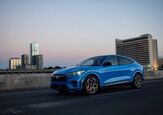
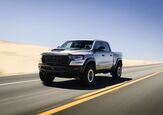
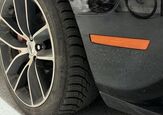
















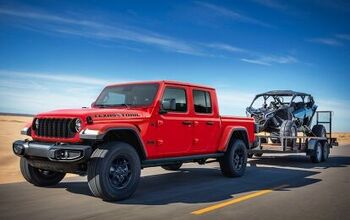
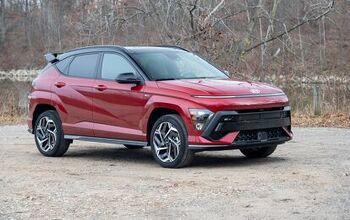
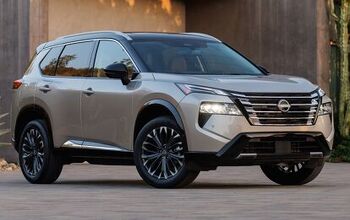
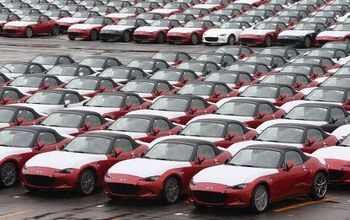
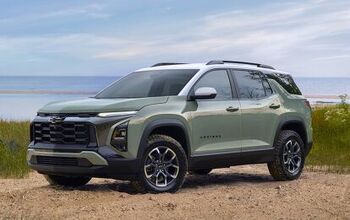
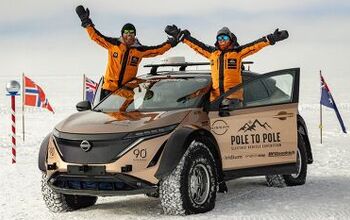
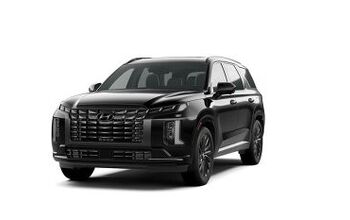
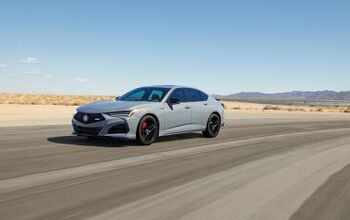

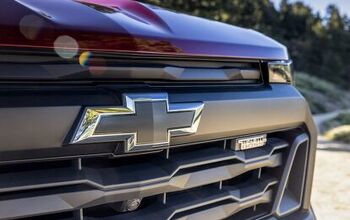

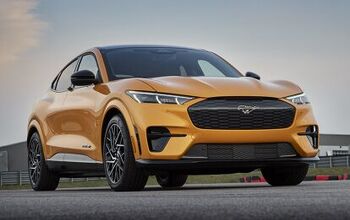
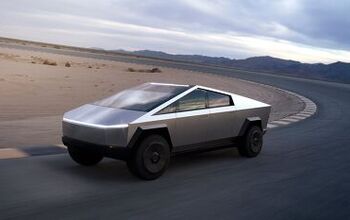
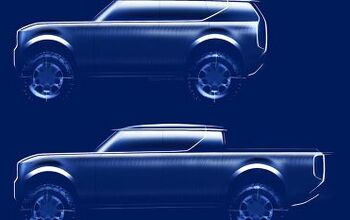
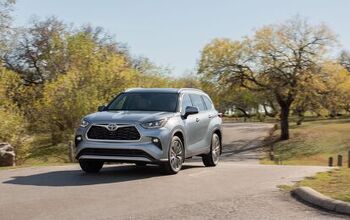
Comments
Join the conversation
The ultimate transportation technology would let you avoid the trip in the first place. (I successfully avoid a lot of trips these days.) Now before you flame me, 'car enthusiast' - realize that if a lot of the sheep were off the road, driving would be closer to what it used to be...
I have no interest in owning or using an autonomous vehicle. I love to drive and prefer to do it myself - something over 1.1 million miles in 27 major countries. I just bought a new 2018 VW GTI, the plainer S model with a 6 speed manual trans. It has none of the nanny-state driver assist features that I do not want to have or use, other than the back up camera which I like. it has a conventional ignition key that cannot be hacked - and that won't kill people with carbon monoxide who fail to notice they did not turn off their very quiet new model car in their attached garages.